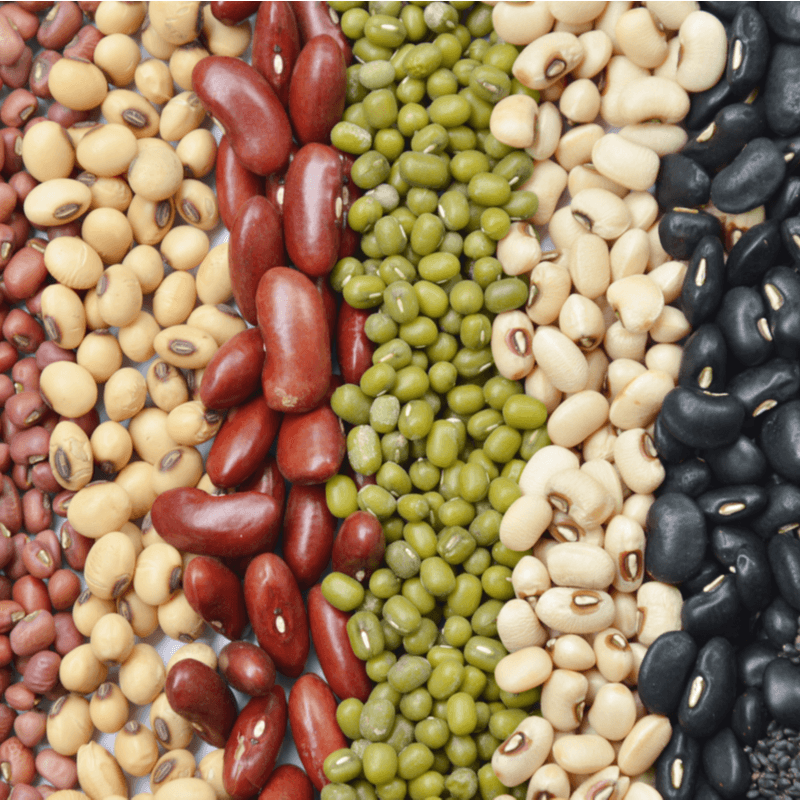
Plant Protein vs. Animal Protein
First, we’ll look at how protein is used in the body. Humans are made up of around 20% protein, but the body doesn’t store protein, so we need to get protein from the food we eat. When you eat something that contains protein, the protein is then broken down into amino acids, which are used in nearly every one of our body’s processes. There are around twenty amino acids needed by the body, and not every protein source has all the required amino acids. This is where the differences between animal and plant proteins become important. Animal proteins include those from meat, fish, dairy, and eggs. Most animal proteins contain a variety of amino acids, leading to the phrase “complete protein.” Animal protein sources are also cited as containing vitamins and minerals necessary for the body’s functions. Despite these benefits, long-term animal protein consumption has shown some possibly dangerous side effects. Red meat in particular (beef, pork, mutton, venison, and others), has been linked to several health issues. Processed red meat like sausage and bacon was classified as a carcinogen by the World Health Organization due to the use of nitrates in the processing. Even unprocessed red meat has been linked to conditions like colorectal cancer, cardiovascular disease, and type 2 diabetes.
Animal proteins include those from meat, fish, dairy, and eggs. Most animal proteins contain a variety of amino acids, leading to the phrase “complete protein.” Animal protein sources are also cited as containing vitamins and minerals necessary for the body’s functions. Despite these benefits, long-term animal protein consumption has shown some possibly dangerous side effects. Red meat in particular (beef, pork, mutton, venison, and others), has been linked to several health issues. Processed red meat like sausage and bacon was classified as a carcinogen by the World Health Organization due to the use of nitrates in the processing. Even unprocessed red meat has been linked to conditions like colorectal cancer, cardiovascular disease, and type 2 diabetes.



